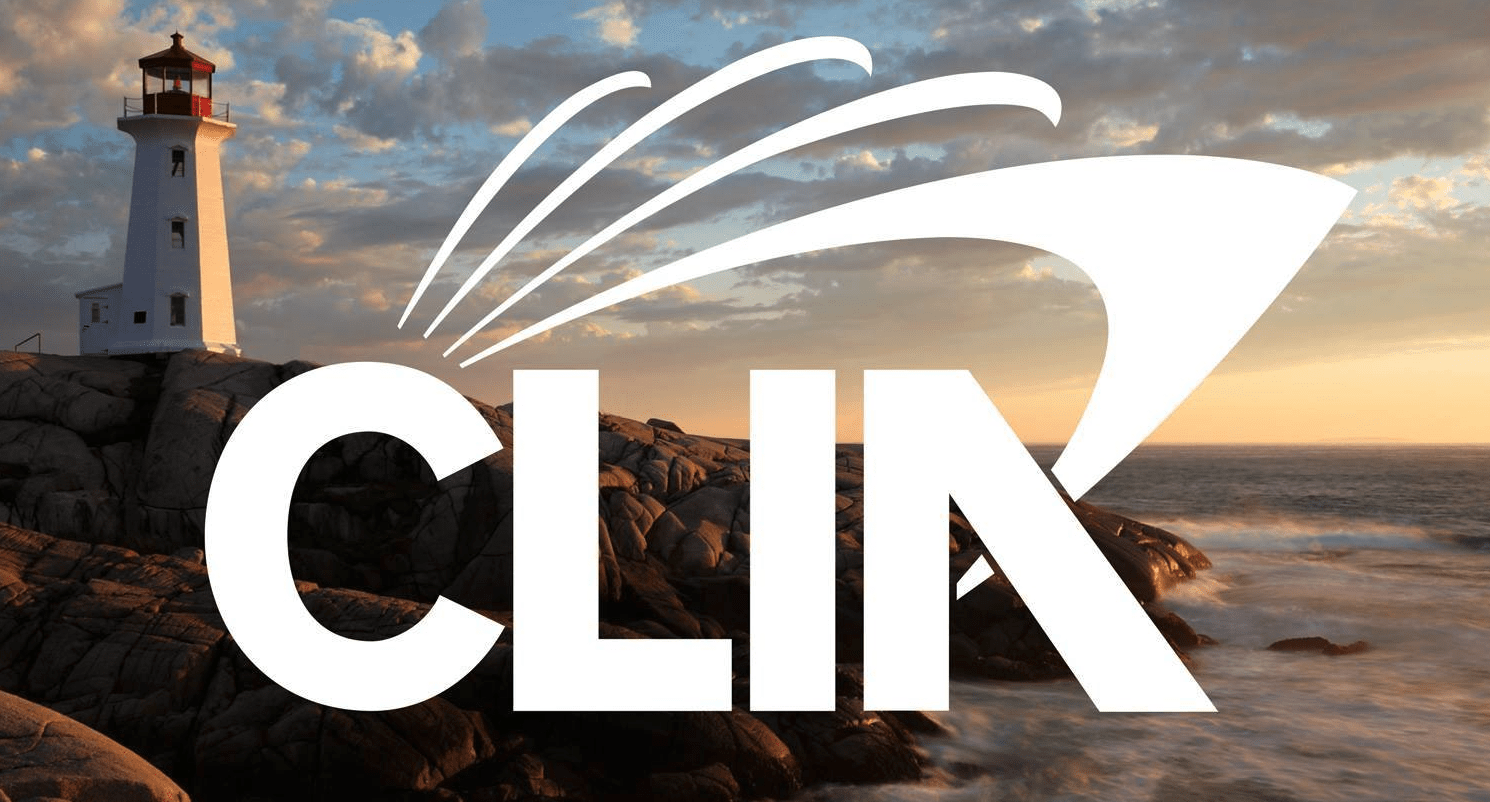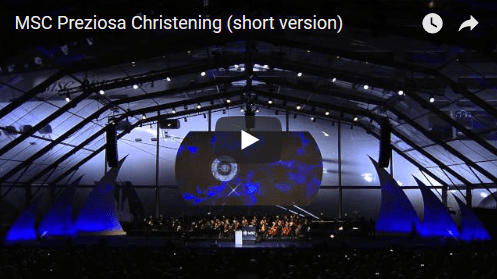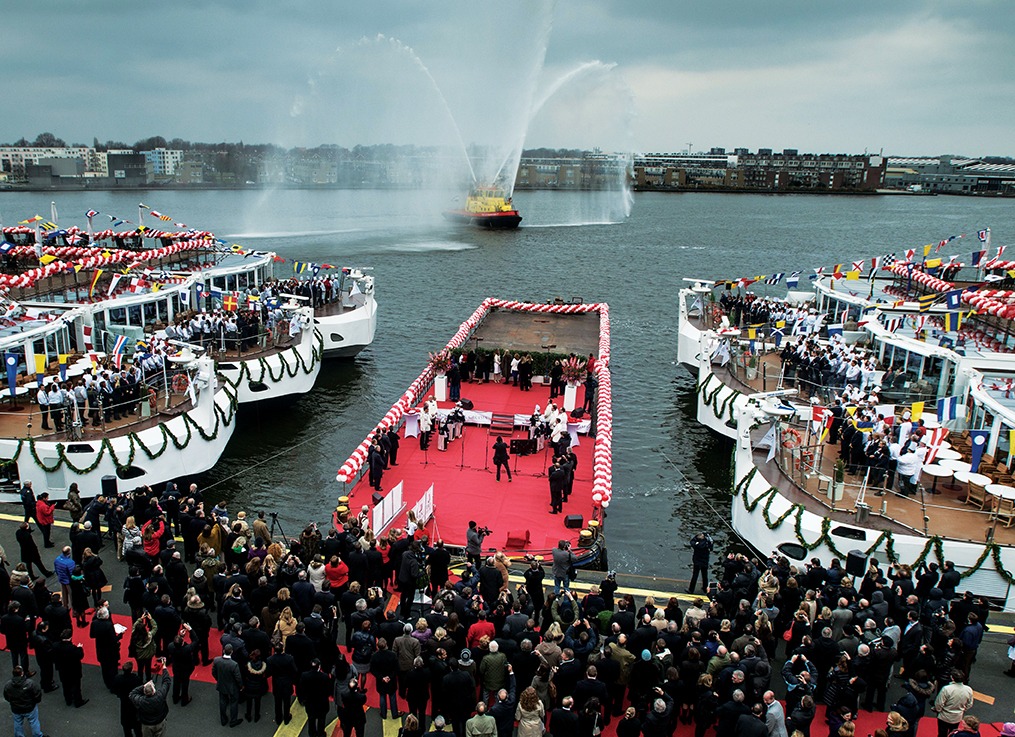
Cruise Industry Commits to Pursue Net-Zero Carbon for Global Cruising by 2050
The prime voice of the global cruise industry, Cruise Lines International Association (CLIA), has released the results of its 2022 Global Cruise Industry Environmental Technologies and Practices Report. The report specifies the significant progress towards reaching the industry’s goal of net-zero carbon cruising on a global level by 2050.
The 2022 report strengthens the cruise industry’s credentials as innovators and endorsers of environmentally friendly technology. Some examples in the report include the increasing number of ships launching over the new few years that will incorporate zero-emissions propulsion when available, along with the expansion of investments to equip ships to plug into shoreside electricity where its available. More than 15% of the vessels set to launch over the next five years will be fully equipped to integrate fuel cells or batteries and 85% of CLIA-member vessels coming online between now and 2028 will be able to plug into shoreside electricity. This will significantly impact the sustainability of these vessels by allowing engines to switch off at berth for a serious decline in emissions.
President, and CEO, CLIA, Kelly Craighead said “Innovation and engineering are at the heart of the industry’s vision for net zero carbon cruising. The cruise industry continues to lead the way by investing billions to incorporate new technologies, accelerate development of sustainable marine fuels—in particular, engines capable of using sustainable marine fuels—and enable shoreside electricity connectivity on existing and new ships. These are the fundamental building blocks for the decarbonisation of global shipping, and we are acting now for the future.”
Although CLIA has made significant progress thus far, the report makes clear that a change to sustainable marine fuels is crucial in reaching the maritime industry’s emission reduction goals and emphasizes the need for governments to support research efforts to quicken the development of these fuels so that they are safe, easily accessible, and viable for use. CLIA is also a key supporting organization to the Getting to Zero Coalition’s Call to Action for Decarbonization of Shipping. CLIA’s backing is in addition to the leadership of its individual cruise line members and their partnerships with other coalitions and organizations that continue to work tirelessly to discover innovative and critical decarbonization solutions.
RELATED: GREEN SEAS: NORWAY’S WAVE OF ENVIRONMENTAL INNOVATION
“The cruise industry has always been and will continue to be at the cutting edge of innovation when it comes to environmental and maritime technologies,” said Chairman of CLIA Global, Pierfrancesco Vago. “For this next phase of our journey to net-zero as an industry, we now need clear support from governments and policy-makers to ensure that the right infrastructure is developed also on land and to encourage the investment and innovation that will be required for the development of sustainable marine fuels at scale.”
Here are some ways listed in Cruise Line’s International Association’s 2022 report that will continue to reduce emissions:
- Liquified Natural Gas (LNG) Fuel: The 2022 report found that 61% of new-build capacity will rely on liquified natural gas (LNG) for primary propulsion. The use of LNG results in 95% to 100% fewer particulate matter emissions, almost 0 sulphur emissions, and an 85% reduction in nitrogen emissions. LNG currently provides benefits, but it also allows LNG-ready vessels to adapt to a future generation of sustainable and eco-friendly marine fuels.
- Shore-side Power Capability: Cruise lines have continually made significant investments for vessels to have the option to connect to shoreside electricity, allowing engines to be switched off while in port. 40% of the global capacity are fitted to operate on shore-side electricity in the 29 ports worldwide in at least one berth in the port, which is less than 2% of the world’s ports. Between now and 2028, 98% of the new build capacity on order book is committed to being fitted with either shore-side electricity systems or vows to add shore-side power in the future.
- Advanced Wastewater Treatment Systems: 100% of newly built vessels have been instructed to have advanced wastewater treatment systems. Currently, 78% of the CLIA ocean-going cruise line fleet capacity is served by advanced wastewater treatment systems, which is a 9% increase compared to 2021.
- Exhaust Gas Cleaning Systems (EGCS): More than 79% of global capacity makes use of EGCS to meet or even exceed air emissions standards, resulting in an increase in capacity of 7% compared to the 2021 report. 88% of the capacity of non-LNG builds will have EGCS installed, benefitting the already historic level of investments
Announced earlier this year, the cruise line industry is committed to pursuing net-zero carbon cruising on a global level by 2050. This target is consistent with the Paris Agreement’s goal and is supported by the industry’s intermediary objective to reduce the rate of carbon by 40% across the global fleet by 2030 compared to 2008. This objective is consistent with the International Maritime Organization’s (IMO) Initial Strategy for GHG reduction.
You may also like
A Page in Time… Yangon’s colonial past.
A Page in Time… Take a walk through Yangon’s colonial past By Kevin Revolinski A Myanmar tra
MSC Preziosa: Cosmopolitan Cruising
Cruise Ship Review: MSC Preziosa Gear up and then unwind through memorable moments aboard MSC Prezio
Viking River Cruises Breaks its Own Record
Viking River Cruises broke a Guinness World Record christening 16, 190-passenger Longships within a









